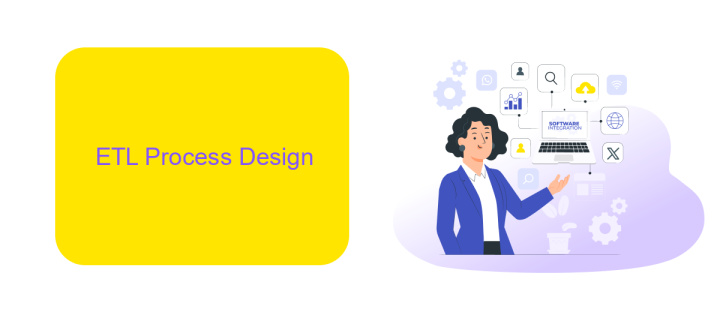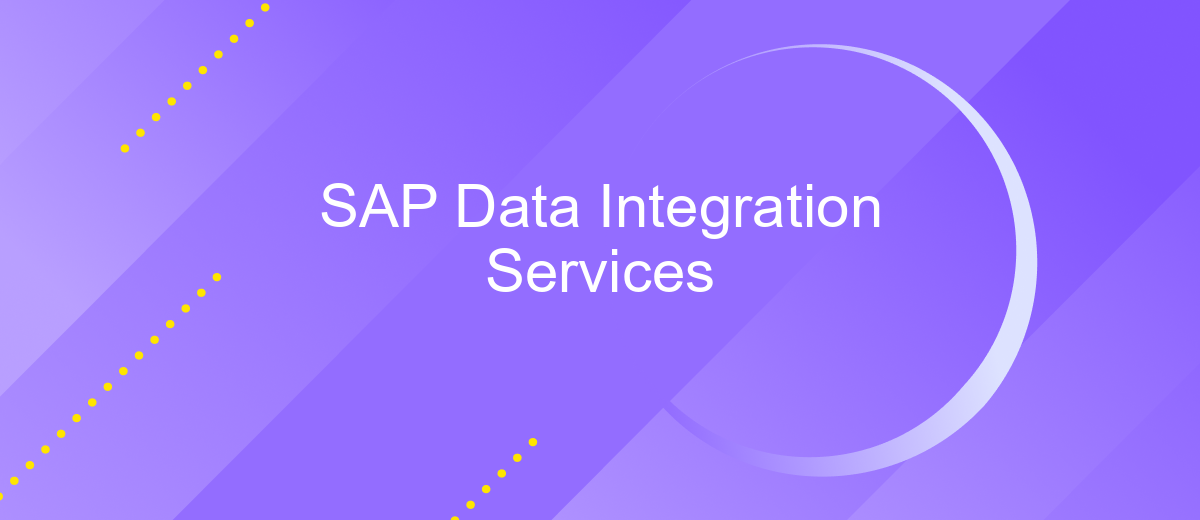SAP Data Integration Services
SAP Data Integration Services provide a robust framework for seamlessly integrating data from diverse sources into a unified platform. By leveraging advanced tools and technologies, these services ensure data accuracy, consistency, and accessibility, empowering businesses to make informed decisions. Whether dealing with on-premises or cloud environments, SAP Data Integration Services streamline the data management process, fostering operational efficiency and strategic growth.
Introduction
In today's rapidly evolving digital landscape, seamless data integration is crucial for businesses to maintain their competitive edge. SAP Data Integration Services offer robust solutions to ensure efficient data flow across various systems and applications. By leveraging these services, organizations can streamline their processes, enhance data accuracy, and achieve better decision-making capabilities.
- Real-time data synchronization
- Scalable integration solutions
- Enhanced data quality and consistency
- Support for diverse data sources
One of the key tools that can complement SAP Data Integration Services is ApiX-Drive. This service facilitates the automation of data transfers between different applications, reducing manual efforts and minimizing errors. By integrating ApiX-Drive with SAP, businesses can further optimize their data workflows, ensuring that critical information is always up-to-date and accessible. With these powerful tools at their disposal, organizations can focus more on strategic initiatives and less on data management challenges.
ETL Process Design

Designing an effective ETL (Extract, Transform, Load) process is critical for ensuring the seamless integration and accurate migration of data within SAP Data Integration Services. The process begins with the extraction of data from various sources, which can include databases, cloud services, and on-premises applications. This data is then transformed to meet the specific requirements of the target system, ensuring consistency, accuracy, and compliance with business rules. Finally, the transformed data is loaded into the destination system, ready for analysis and reporting.
Tools like ApiX-Drive can significantly streamline the ETL process by providing automated integrations and real-time data synchronization. With ApiX-Drive, you can easily connect disparate systems and automate data workflows without the need for extensive coding or manual intervention. This not only reduces the risk of errors but also enhances the efficiency and speed of data processing. By leveraging such services, businesses can ensure that their ETL processes are robust, scalable, and capable of handling the complexities of modern data environments.
Data Transformation and Integration

Data transformation and integration are crucial components in the effective utilization of SAP Data Integration Services. These processes ensure that data from various sources is accurately transformed, cleansed, and integrated into a unified format, enabling seamless data flow across different systems.
- Identify and extract data from multiple sources.
- Transform the data to meet the required format and standards.
- Load the transformed data into the target system.
- Continuously monitor and maintain data quality and consistency.
- Implement data governance and compliance measures.
Tools like ApiX-Drive can facilitate these processes by providing automated workflows and real-time data synchronization between various applications and services. This ensures that data integration is not only efficient but also scalable, allowing businesses to adapt quickly to changing data needs and maintain a competitive edge.
Data Quality and Governance

Ensuring data quality and governance is critical in SAP Data Integration Services. High-quality data is essential for making informed business decisions and maintaining regulatory compliance. Effective governance frameworks help organizations manage data integrity, security, and accessibility.
One of the key aspects of data quality is the ability to integrate data from various sources seamlessly. Tools like ApiX-Drive facilitate this by providing robust data integration capabilities. These tools help automate data transfers, ensuring consistency and accuracy across different systems.
- Automated data validation to ensure consistency
- Data cleansing to remove duplicates and errors
- Real-time monitoring and reporting
- Role-based access control for secure data handling
Implementing these practices and leveraging tools like ApiX-Drive can significantly enhance the quality and governance of your data. This not only improves operational efficiency but also ensures that your data remains a reliable asset for strategic decision-making.


Advanced Capabilities and Best Practices
Advanced capabilities in SAP Data Integration Services allow businesses to seamlessly connect disparate data sources, ensuring a unified and comprehensive view of enterprise data. These capabilities include real-time data synchronization, advanced data transformation, and robust error handling mechanisms. Leveraging machine learning algorithms, the system can intelligently map data fields and automate routine tasks, significantly reducing manual efforts and errors. Additionally, SAP's integration services support a wide range of data formats and protocols, ensuring compatibility with various legacy systems and modern applications.
To maximize the benefits of SAP Data Integration Services, it is essential to follow best practices. Start by conducting a thorough assessment of your current data landscape and identifying key integration points. Utilize tools like ApiX-Drive to streamline the setup and management of integrations, as it offers user-friendly interfaces and pre-built connectors. Regularly monitor data flows and implement automated alerts to quickly address any issues. Finally, ensure proper documentation and training for your team to maintain a high level of data quality and consistency across all integrated systems.
FAQ
What is SAP Data Integration Services?
How can I automate data integration tasks in SAP?
What are the benefits of using data integration services for my business?
Can I integrate non-SAP systems with SAP using data integration services?
What should I consider when choosing a data integration service?
Time is the most valuable resource in today's business realities. By eliminating the routine from work processes, you will get more opportunities to implement the most daring plans and ideas. Choose – you can continue to waste time, money and nerves on inefficient solutions, or you can use ApiX-Drive, automating work processes and achieving results with minimal investment of money, effort and human resources.

